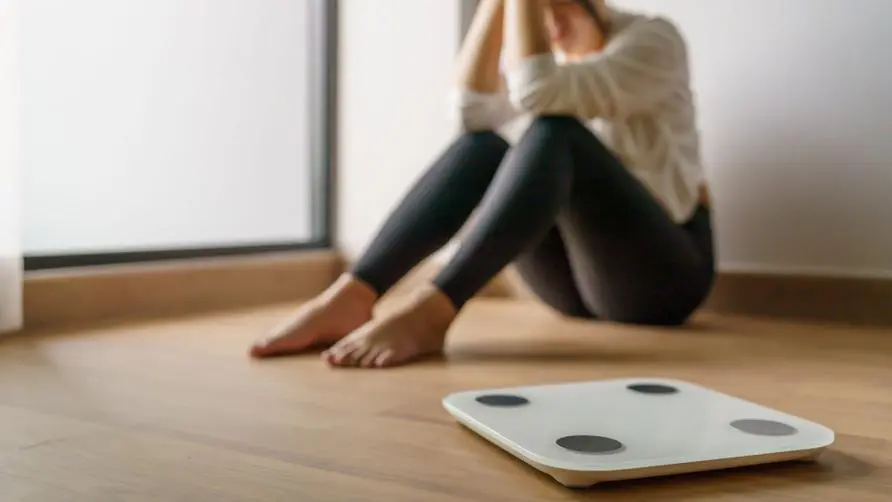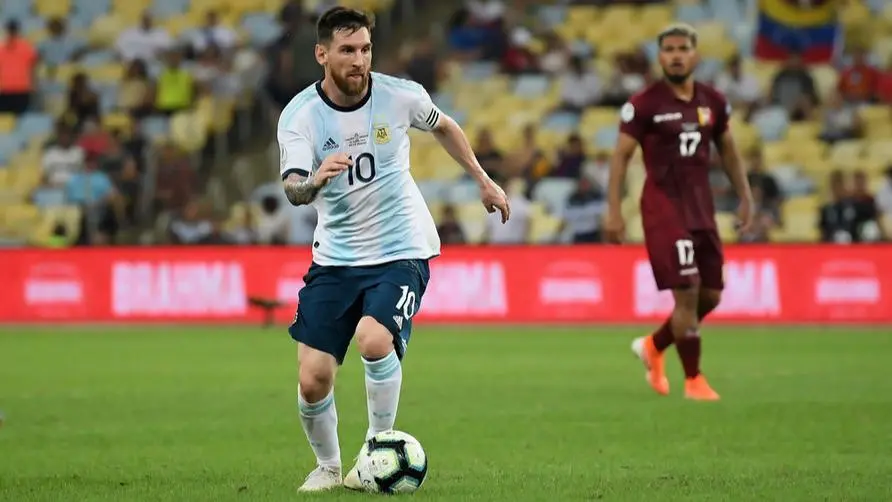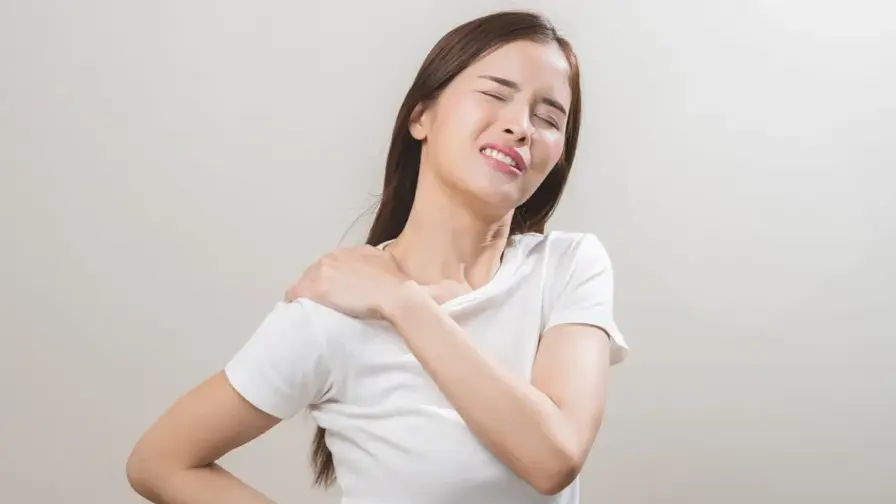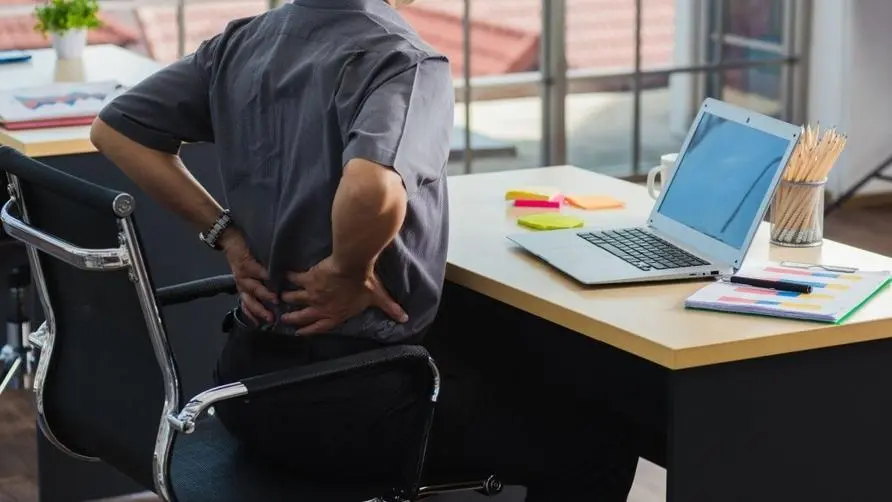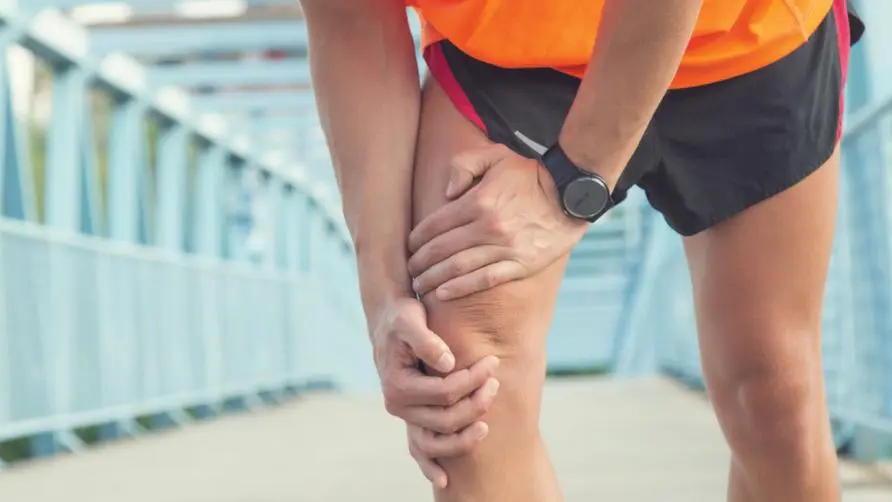Can wearing "high-top" basketball shoes prevent sprains? Medical Refutation: Making "Five Preparations" is More Important than Choosing Shoes
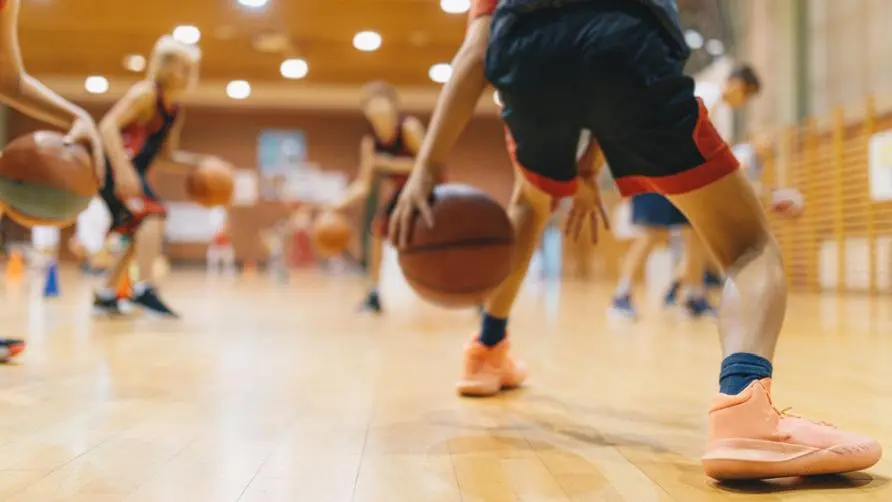
Can wearing high-top basketball shoes prevent sprains? Dr. Li Yanyu, director of Renyi Boai Rehabilitation Clinic, said in a social post that he had previously treated a high school boy who suffered an ankle sprain due to playing basketball. Parents believed that the lack of protection in low-top basketball shoes was the main reason for the sprain. However, according to research evidence, the configuration of high and low sneakers is not necessarily directly related to ankle sprains.
Are high-top basketball shoes anti-twist? Research evidence: High and low leggings have nothing to do with preventing sprains
Dr. Li Yanyu explained that “basketball” has always been the top sport among young men, and ankle sprain is the most common sports injury (the probability is about 0.385%). As for whether high-top shoes can protect ankles and avoid the risk of sprains? In fact, the connection between the two can be traced back to 1993, when a study found that high-top shoes and low-top shoes had the same risk of sprains.
Furthermore, a 2008 study also found that the “rearfoot and fixed design” of sneakers has nothing to do with the chance of sprains; 2021 literature believes that adding low-friction anti-rollover sheets on the outside of sneakers can reduce the risk of sprains. There are also biomechanical studies that believe that the ankle is too stable (high shoes, heel lock), which will increase the burden on the knee joint during exercise.
Finally, a 2001 study showed that a history of sprains in the past, adding air cushioning to the heel, and not dynamically stretching before playing are all risk factors for ankle sprains. Based on current medical evidence, whether wearing high-top, medium-top, or low-top sneakers, there is little correlation with ankle sprains. Dr. Li Yanyu suggests that to prevent ankle sprains, the following five principles should be followed:
The insole should be shock-absorbing. The insoles of sneakers need to have a certain shock-absorbing function, but be careful not to be too thick. A high heel center of gravity may increase the chance of sprains.
With anti-rollover function. The outside of the forefoot of the sneakers can be widened and anti-rollover added, and styles with anti-torsion plates on the soles are also preferred.
Pay attention to the texture of the soles. Pay attention to the anti-slip texture on the soles. If the sneakers are worn flat, they will slip and possibly cause injury.
Stretch before and after playing. Warming up before playing and wrapping up after playing are equally important.
Ankle stabilization training. People with old ankle injuries can not only use “sports taping” while playing ball, but can also seek medical professionals to perform “ankle stability training”.
The most common sports injuries among golfers over 40 years old! Complete preventive measures and treatment methods for medical exposure
For middle-aged golfers over 40 years old, besides the ankles, are the most vulnerable parts to injury “knees and knee joints”? Dr. Li Yanyu explained that past studies have shown that the most common areas of injury for middle-aged golfers over 40 years old are the knees and ankles. Common diagnoses include patellofemoral pain syndrome, ankle sprains and Achilles tendinitis:
Patellofemoral pain syndrome: Insufficient muscle strength when bending the leg causes friction and inflammation of the soft tissue. It is characterized by obvious pain and inflammation on the front of the knee and around the patella. In severe cases, it can also lead to knee hydrops and patellar valgus. In terms of prevention, you can lose weight, wear knee braces, stretch and train quadriceps strength after exercise (such as squats, backward lunges), and seek professional medical personnel to help adjust the balance and coordination of the legs.
Ankle sprain: Generally speaking, sprains are mostly caused by “inversion” (pain on the outside of the ankle), and may be combined with tears of the anterior talofibular ligament, calcaneofibular ligament or anterior inferior tibiofibular ligament. If there is a tear, recovery is required. The period can even last as long as 6-8 weeks. It is recommended to apply ice and do “pump exercises” and “seated Achilles tendon stretching” in the first 48 hours of the sprain. Subsequent physical therapy, sports taping, and manual therapy can be arranged. If there is a tear, shock wave, PRP, etc. can be considered Treatment speeds recovery.
Achilles tendonitis: redness, swelling, heat and pain in the calf near the heel. Common causes include fascial tightness or strain. Anti-inflammatory drugs and physical therapy are generally required. If the attack occurs repeatedly, it will be recommended to arrange shock wave or proliferative injection treatment. In addition, it is also necessary to strengthen the relaxation of the calf fascia and the exercise of the gluteal muscles to avoid repeated attacks.
How to avoid injuries when playing golf over 40? Four things you must do if you want to continue playing on the court
If you still want to enjoy basketball as you enter middle age, what strategies can “middle-aged uncles” adopt to minimize the risk of injury? Dr. Li Yanyu recommends that you must do enough warm-up exercises before playing. You can do this by running 2-3 times around the court, joint activities, or dynamic stretching. Remember to do your exercises after playing. You can use massage balls and fascia massage. Guns and rollers allow muscle groups to relax. It is recommended to warm up and do exercises for 10 minutes before and after playing.
Furthermore, many middle-aged golfers will accumulate old injuries, large and small, so they can choose appropriate knee pads, ankle pads and other protective gear according to their personal circumstances. The most important thing is that it is crucial to choose basketball shoes with shock-absorbing, anti-slip, and anti-sprain functions. The shoes must also be replaced regularly with wear, otherwise the injuries will not be worth the loss.
Golfers who are over 40 years old have lost their physical strength and may have chronic diseases such as high blood pressure and hyperlipidemia or are overweight. They should pay attention to the health care of chronic diseases. If they feel unwell after playing, they should seek medical treatment as soon as possible. On the other hand, if you usually have muscle, bone, or joint pain, you can also seek medical evaluation and diagnosis first, receive education and treatment, and only then can you safely show off your skills on the court.
Finally, when many golfers were young, they could effortlessly pull up the stick in the penalty area, but as they age, their jumps may only be as high as a piece of tofu. Even the top NBA stars will adjust their playing style according to their declining physical fitness when they enter the later stages of their careers. Therefore, it is very reasonable to change your playing style as you age, and it can also extend your playing life and avoid injuries. For example, rebounding can change from relying on physical strength to jump high to grab the ball from others’ heads, to relying on solid positioning to consolidate rebounds, or using techniques such as small throws and step-backs to reduce collisions and utilize time differences, increasing the chances of rebounding. In addition to the influence on the court, the tacit understanding and tactics of teammates can not only make up for the degradation of physical fitness, but also increase the fun of playing.
Source:
40+ Slam Dunk ~ The Forever Boy on the Basketball Court - Taiwan Rehabilitation Medical Association
Extended reading:

